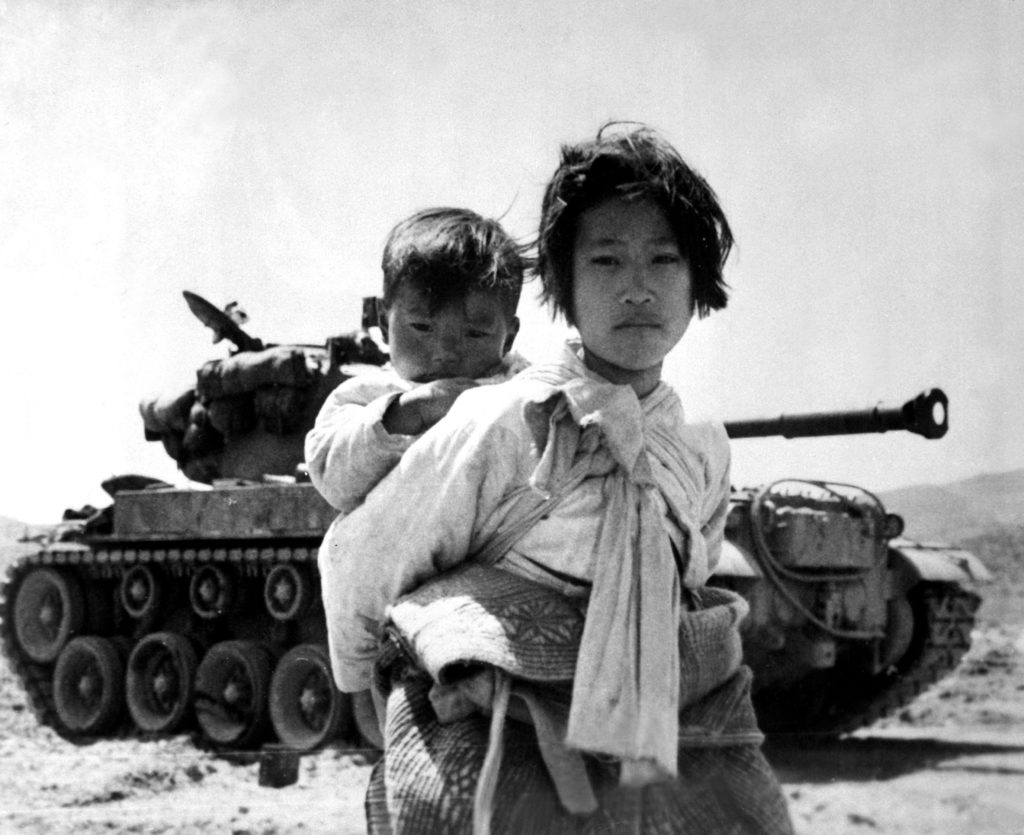SEOUL, South Korea — On July 4th, North Korea shot a missile that may finally be capable of delivering a warhead to the U.S. The provocation comes in a time of possible inroads to its long-pursued nuclear weapons program, and when at least three American hostages are inside its borders.
And with U.S. President Donald Trump and South Korean President Moon Jae-in newly navigating the situation, the future of North Korea and its role in the world seems more uncertain than ever. The status quo North Korean regime, which is both a threat to its own people and to the outside world, could continue — or perhaps it will fold under pressure. Either way, the international community lacks both the tarot cards and the information flow it needs to really know for sure.
“People have been predicting North Korea’s collapse since the 19-frickin’-80s,” said Jieun Baek, author of North Korea’s Hidden Revolution.“Only God knows and only time will tell.”
But to understand the future of the Korean peninsula, one should reasonably start with looking at the past. This timeline — a condensed version of North and South Korea’s fickle history — tells the story of Korea’s transformation from three conquering kingdoms to two governments divided at the 38th parallel. And, as it is for many countries divided by war, there’s more than two players involved.
Click on the timeline’s left and right arrows to navigate a brief history of the peninsula:

































